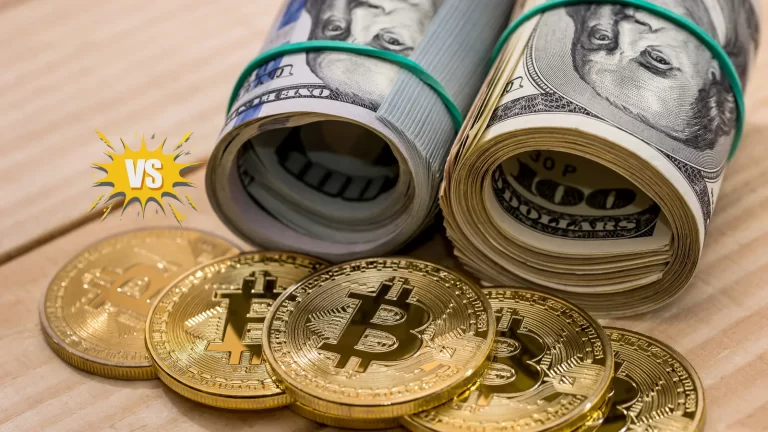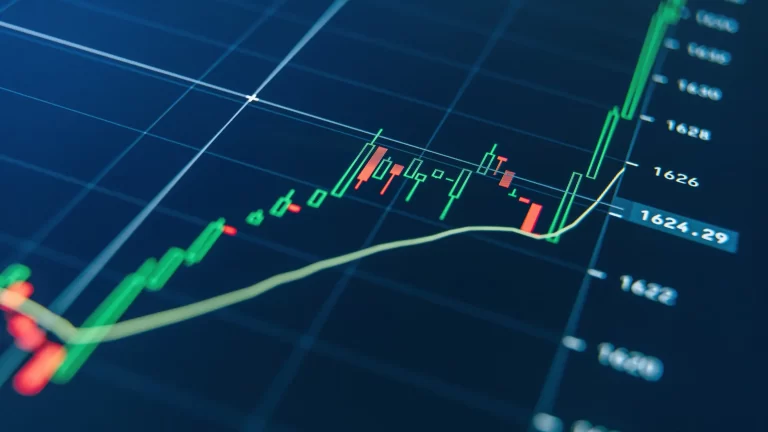DeFi Lending Explained Simply

Decentralized Finance, or DeFi, has revolutionized the traditional banking system by removing intermediaries and providing financial services directly on the blockchain. One of the prominent aspects of DeFi is lending, which allows individuals to lend and borrow funds without the need for a traditional financial institution. Here’s an in-depth look at DeFi lending:
What is DeFi Lending?
DeFi lending is the practice of lending funds through decentralized platforms, using smart contracts to automate the agreement between lenders and borrowers. Unlike traditional lending, where banks act as intermediaries, DeFi lending is facilitated directly between parties on the blockchain.
How Does DeFi Lending Work?
- Smart Contracts: DeFi lending relies on smart contracts, which are self-executing contracts with the terms written into code. They manage the lending and repayment process, enforcing the terms without human intervention.
- Collateralization: To secure a loan, borrowers usually have to provide collateral in the form of cryptocurrency. This collateral ensures that the lender is protected if the borrower defaults.
- Interest Rates: The interest rates for DeFi loans can be variable or fixed, and they are often determined by supply and demand factors within the platform.
- Liquidity Pools: Many DeFi lending platforms operate through liquidity pools, where lenders provide funds to a shared pool, and borrowers borrow from it. Interest earned is then distributed among the lenders.
Popular DeFi Lending Platforms
- Aave: Offers flash loans that don’t require collateral, along with other innovative features.
- Compound: Allows users to earn interest on deposits and borrow against collateral.
- MakerDAO: Enables users to generate DAI, a stablecoin, by locking up collateral.
Advantages of DeFi Lending
- Accessibility: DeFi lending platforms are open to anyone with internet access and cryptocurrency, removing traditional banking barriers.
- Transparency: All transactions are recorded on the blockchain, providing complete transparency.
- Flexibility: Users can choose from various lending products, interest rates, and terms.
Risks and Challenges
- Smart Contract Failures: If there’s a bug in the smart contract code, it could lead to loss of funds.
- Collateral Liquidation: If the value of the collateral falls dramatically, it may be liquidated, leading to losses for the borrower.
- Regulatory Uncertainty: The legal status of DeFi lending varies by jurisdiction, and changes in regulation could impact platforms.
Future of DeFi Lending
The DeFi lending market continues to grow, attracting both individual and institutional participants. Innovations are likely to increase, providing even more diverse and sophisticated lending products.
However, the space is still relatively young and can be risky. Potential lenders and borrowers must thoroughly understand the mechanisms involved, assess the risks, and only participate in platforms that have been well-vetted and have a strong reputation in the community.
Conclusion
DeFi lending is a groundbreaking innovation that democratizes finance and provides new opportunities for earning interest and accessing capital. While it offers significant advantages over traditional lending, it also comes with unique risks. As with any financial decision, due diligence, understanding of the technology, and risk management are essential for anyone engaging in DeFi lending.






